Should You Buy a Car With 200,000 Miles?

Updated Februaru 2019
When the need for transportation far outstrips your bank account, you end up looking at the dark-side of the classifieds: the super-cheap, almost 200,000 mile used cars. Is it ever worth it to buy one of these clunkers?
Any time you’re considering buying a high-mileage used car, precautions should be taken. First things first, always get a pre-purchase inspection, as it can help identify a vehicle’s trouble spots. And by always, we mean ALWAYS! Even if the last owner was the Pope.
However, with that much mileage, it’s not easy to predict or see future problems.
“Those cars are in the ‘as it breaks’ phase of their life,” explains Lou Trottier, Technician and Owner of All About Imports, a car repair facility that specializes in foreign models. “Predictability of maintenance costs is difficult and things to look for are hard to find as well.” He explains that owners of cars with that much mileage end up having to repair and replace things as they break, in addition to performing their regular maintenance.
SEE ALSO: AutoGuide Used Car Shopping
Not every high-mileage car is a lost cause though, as Trottier explains that some previous owners have reasons for putting such high-mileage on their car, and what it means to the next owner.
“There are times when a newer car is owned by someone who drives a lot, like a salesman who has a large territory to cover,” says Trottier. “I have a couple of 2008-2009 Civics and Accords that come here that have more than 200,000 miles and these cars have been fairly reliable.”
See Also: Cars That Will Reach 200,000 Miles
Of course Trottier says that these owners are aware of the extra stress they put on their cars, and that they usually come in every month or two for an oil change.
BUT IS IT WORTH IT?
Trottier explains that it’s tough to find a good deal with cars with that much mileage, since they can be much older.
“Generally a ten year old car with excess of 160,000 miles, I generally recommend against ownership.”
He’s not the only one. Viraf Baliwalla, a broker for the Automall network, which works with car buyers to help them get a good deal, is weary of high-mileage vehicles.
See Also: Cars That Owners Keep for 15 Years or More
“I would stay away as the vehicle is more than likely nearing the end of its life and/or will be heavy on the repairs,” says Baliwalla. “What good is spending only a few thousand dollars on the vehicle when it will cost you many times that in repairs over the next year or two?”
He recommends only one specific type of vehicle when it comes to very high mileage. “Diesel engines have been known to keep going and going for hundreds of thousands of miles without a problem so I would not be as concerned so long as the price was right,” he says.
WHAT TO LOOK OUT FOR
Still looking at buying a high-mileage car? Then watch for the warning signs. Things like rust can be hidden under a paint job, so keep an eye open for paint bubbling, or other tricky rust spots. If the car is old as well, rust is almost unavoidable. Paint chips (caused by natural wear after putting all those miles on a car) can lead to rust quickly, and rust can spread too, so be aware of how much rust you’re dealing with and how much you’re ready to live with.
SEE ALSO: Tips for buying a High Mileage Used Vehicle
The suspension is another area that needs to be carefully inspected. Take a test drive, and ensure the car drives straight, and with minimal squeaks and rattles.
Check the car’s tires as well, if they’re older than six years they should be replaced. Be sure to also look for any cracks in the tire’s sidewall, or for uneven wear. It’s something small, but if you’re on an extremely tight budget several hundred dollars spent replacing four tires can make all the difference.
See Also: The Best All-Season Tires You Can Buy
See Also: Best Synthetic Oil Products You Can Buy
Interior wear and tear will also likely be an issue on a 200,000 mile. With a car this old and used it’s likely things aren’t going to be perfect. And while you might be able to live without a power rear window, what about your brakes? You’re going to need those. Speaking of which, if you’re buying a high-mileage car, check its brakes. Like with the tires, you’ll want to know up-front if you may need to spend extra money replacing them in 6 months or a year.
Also always check for exhaust smoke. Blue smoke means excessive oil is being burned, indicating an engine problem. Black smoke shows up if there’s a fuel system problem, which is producing excessive unburned fuel. White smoke comes thanks to burning anti-freeze, which could indicate a head gasket failure.
SEE ALSO: What does the smoke from my exhaust mean
If there’s no smoke, and the rest of the checks come up positive, then the car might just fit the bill to buy, but our advice? Make friends with a mechanic: you might be visiting them often.

Sami has an unquenchable thirst for car knowledge and has been at AutoGuide for the past six years. He has a degree in journalism and media studies from the University of Guelph-Humber in Toronto and has won multiple journalism awards from the Automotive Journalist Association of Canada. Sami is also on the jury for the World Car Awards.
More by Sami Haj-Assaad



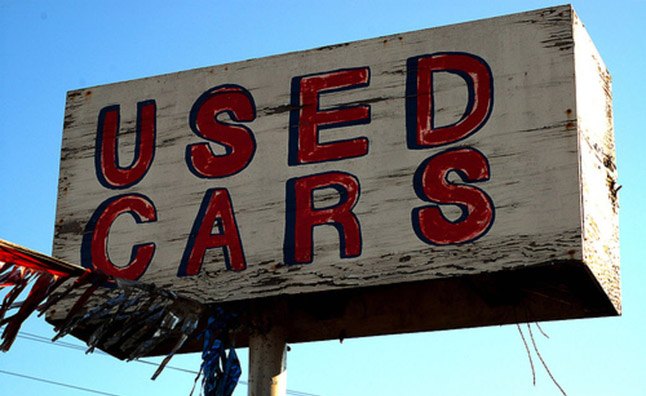


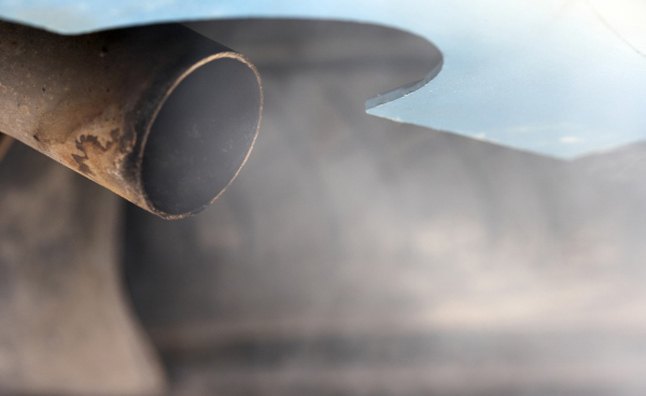










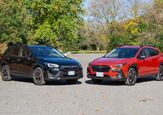

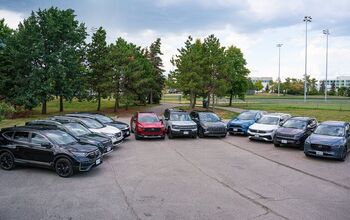

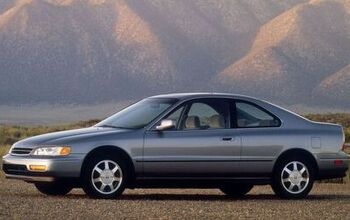
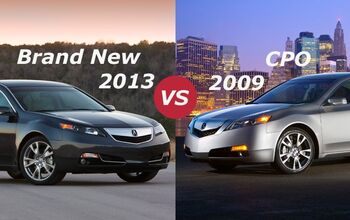
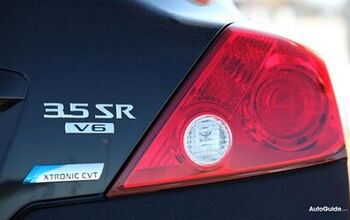
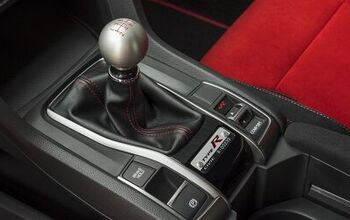
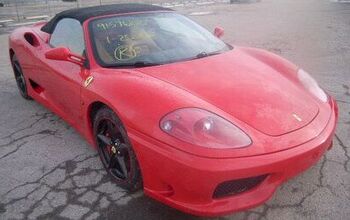

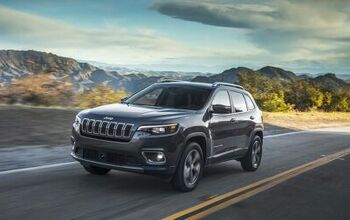








Comments
Join the conversation
Hi I just got a 2006 Explorer from a relative. The gasket cover has a small leak and it needs a tune up ASAP, and maybe new tyres. It has 275,000 miles on it, do you think its worth fixing it up at the mechanic and keep it for a year maybe two or should I just trade it in for a newer vehicle?
Hi. What about a Volvo V60 hybrid AWD 2016 with 192000 miles - looks a good car and seller says no problems.